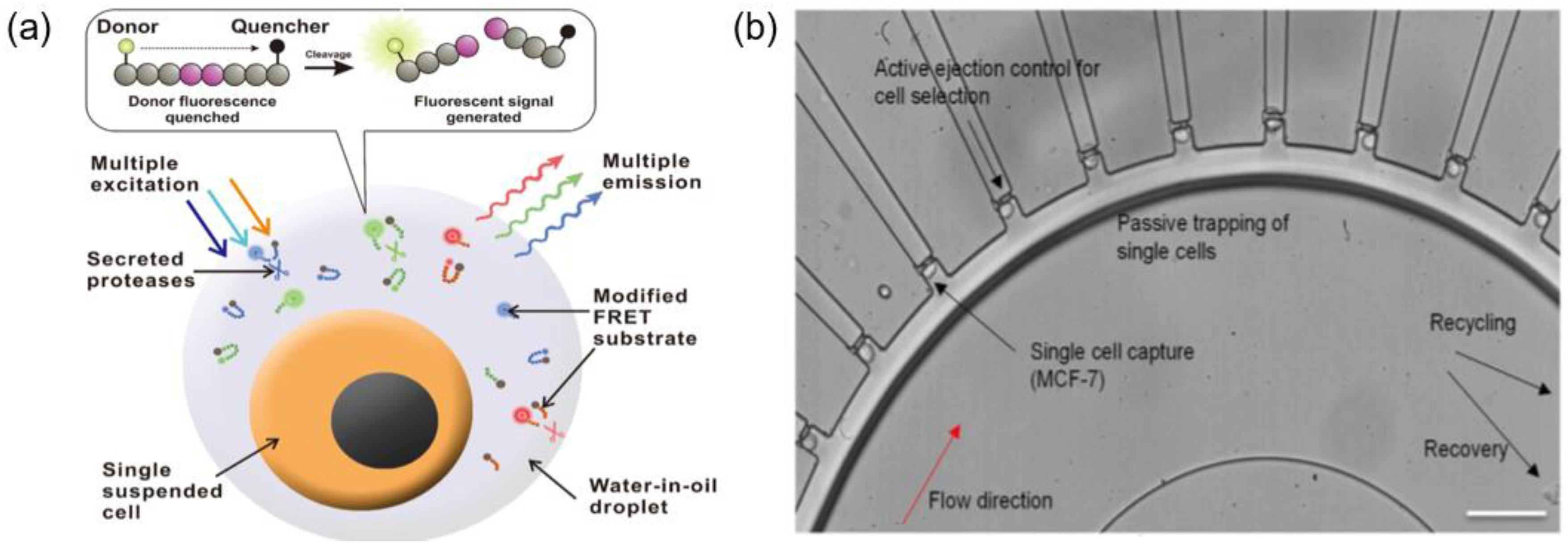131 132 in parallel this technology has been developed commercially by gigagen.
Single cell isolation microfluidics.
Single cell analysis has become one of the most important applications of microfluidic technology in recent years.
The throughput of this method was later increased to 10 6 cells by single cell isolation using droplet microfluidics instead of compartmentalization in microwells.
Many single cell analysis techniques require the isolation of individual cells.
Methods currently used for single cell isolation include.
Using a hybrid microfluidics method droplets in channels can be individually addressed using a co planar electrode system.
We demonstrate the benefit of this approach to screen antibodies for the specific binding of cancer target cells in a high throughput single cell format which should have immense clinical potential.
The unique droplet microfluidic technology speeds up the process at the step of isolating activated single antibody secreting cells in picoliter volume chambers from various tissues including blood bone marrow and b cell plasma which allows secreted antibodies to be detected within hours with a variety of bead based and cell based assay formats.
133 134 abvitro later acquired by juno therapeutics developed a similar approach for sequencing.
Here we present a microfluidic system that can overcome these limitations making use of a dual color signal normalization approach.
Dielectrophoretic digital sorting enzymatic digestion facs hydrodynamic traps laser capture microdissection manual picking microfluidics micromanipulation serial dilution and raman tweezers.

